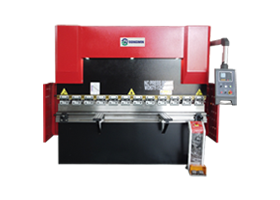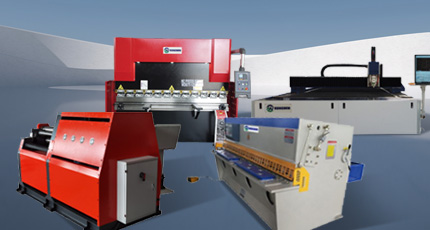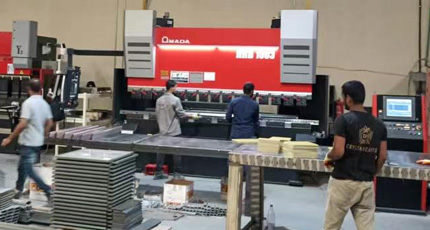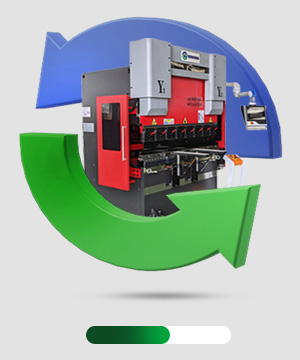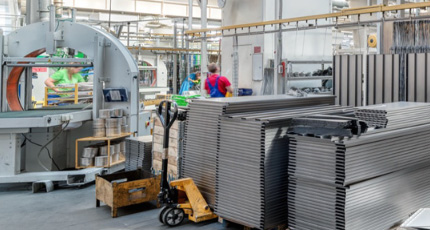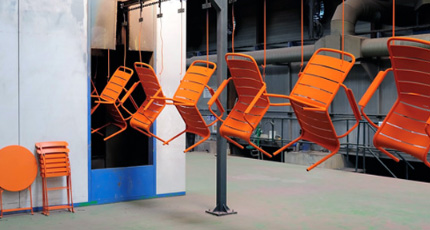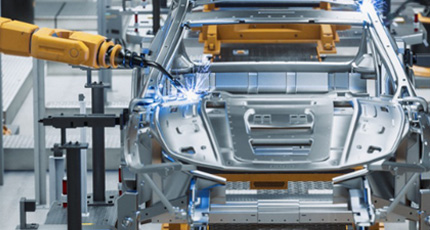Single Phase Mini CNC Press Brake for Home-Use
Language:
Product Manual & Assembly Video
Help you quickly understand the product and easily perform installation and debugging.

Home / Product manual
File Download
Click the link below to download the latest product manual and understand the product details and operating procedures. This file is encrypted, please ensure authorized access.
Product Manual
Press Break Product Manual
Jul 29,2025
Assembly & Debugging Video
Watch the video below to learn how to assemble and debug your device, ensuring proper installation and hassle-free use.
RONGWIN RW-ZD 1600PS CNC Panel Bender
RONGWIN WD67Y-100T/3200 CNC Press Brake
RONGWIN WF67K-E 63T/1600 4+1 Axis CNC Press Brake
RONGWIN EP8020-D 80T/2000 Electric Servo Press Brake
RONGWIN EP5016-D 50T/1600 Electric Press Brake
RONGWIN WF67K-M 160T/3200 CNC Press Brake
RONGWIN WD67K-250T/3200 Torsion Bar CNC Press Brake
RONGWIN WF67K-50T/2500 CNC Press Brake
RONGWIN WF67K-M 110T/2500 Hybrid CNC Press Brake
RONGWIN WF67K-C 110T/2500 CNC Press Brake
RONGWIN WD67K-500T/6000 CNC Press Brake
RONGWIN WF67K-C 320T/6100 CNC Press Brake
Frequently Asked Questions
- What materials can laser machines process?Metals include stainless steel, copper, aluminum, etc. Non-metals include acrylic, wood, leather, glass, etc. Different laser types are suitable for different materials. For example, CO2 laser machines are excellent at cutting wood and acrylic, while UV laser machines are good at processing brittle materials such as glass and sapphire.
- Can the press brake be customized to specific requirements?1. Customization of bending capacityDifferent manufacturing processes may require different levels of bending force. The press brake's tonnage can be customized according to the thickness and material of the workpiece to be bent. For example, if a factory mainly processes thick - gauge stainless - steel plates, a high - tonnage press brake (such as a 1000 - ton or more) can be customized to ensure that it can effectively bend these thick materials without overloading the machine.2. Customization of working lengthThe length of the workbench also varies according to specific needs. Some users may need to bend long - length metal profiles. In this case, the press brake can be customized with an extended workbench length. For instance, in the production of large - scale industrial equipment frames that require the bending of long - span metal beams, a press brake with a workbench length of several meters can be designed to meet the requirements of bending the entire length of the beam in one operation.3. Customization of control systemsThe control system of the press brake can be customized to improve work efficiency and precision. Advanced CNC (Computer Numerical Control) systems can be integrated to enable more accurate programming of the bending angle, depth, and speed. Some customized control systems also offer features such as automatic tool change and self - diagnosis. For example, in an automated production line, a customized press brake control system can communicate with other equipment through industrial Ethernet or other communication protocols to achieve seamless integration of the production process.4. Customization of tooling and accessoriesSpecial - shaped or custom - designed bending tools can be used to meet the needs of bending complex - shaped workpieces. For example, for parts with a unique curvature or with holes and notches that need to be precisely located during bending, custom - made upper and lower dies can be designed. In addition, accessories such as sheet support devices and back - gauge systems can also be customized to better assist in the bending process and improve the quality of the bent products.
- What is the maximum and minimum thickness that the shearing machine can cut?Different types of shearing machines can shear different thicknesses. Common shearing machines can shear a maximum thickness ranging from a few millimeters to tens of millimeters. For example, the maximum thickness that a Q11-20×2000 shearing machine can shear is 20 mm, and the minimum thickness is generally around 5 mm. Small manual shearing machines can shear a thickness of about 2-3 mm, while large hydraulic shearing machines can shear thicker plates, some of which can even reach more than 30 mm.
- What are the characteristics and applicable scenarios of oblique-edge shears and flat-edge shears?The upper and lower blades of the inclined blade shearing machine are at a certain angle. Generally, the upper blade is inclined, and the inclination angle is usually 1° to 6°. Its shearing force is smaller than that of the flat blade shearing machine, and the motor power and the weight of the whole machine are greatly reduced. It is the most widely used in actual applications and is suitable for shearing of most metal plates. The upper and lower blades of the flat blade shearing machine are parallel to each other, with good shearing quality and small distortion, but the shearing force is large and the energy consumption is large. It is often used in steel mills for hot shearing of initial rolled square billets and slabs and other occasions with extremely high shearing quality requirements.
- What is the difference between hydraulic shears and mechanical shears?Hydraulic shearing machine uses hydraulic system to apply pressure to make the blade move to shear. It has large shearing force, can shear a wide range of plate thickness, can adapt to thicker plates, and has a smooth shearing process, low noise, and high precision. However, its price is relatively high and its maintenance cost is also high. Mechanical shearing machine relies on mechanical transmission device to drive the blade to move. It has simple structure, low cost and convenient maintenance. However, its shearing force is relatively small and it is suitable for thinner plates and occasions with low precision requirements.
- What is the processing accuracy of laser machining?The engraving accuracy can reach micron level, and it can carve extremely fine and complex patterns to meet the needs of high-end jewelry and precision instrument identification; the cutting accuracy is in the millimeter to sub-millimeter level, ensuring that the cutting edge is flat and smooth, and is suitable for cutting electronic components and automotive interior parts.
Join Our Distributors
Are you looking for a partnership with huge market potential and generous profit margins? Asour distributor, you will receive comprehensive market support, high-quality product resourcesand professional business training. Contact us now to learn more about becoming ourdistributor and start your journey to success!
- Mobile Phone
- *Title
- *Content












